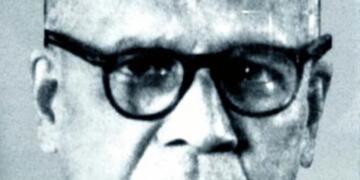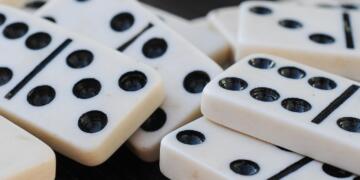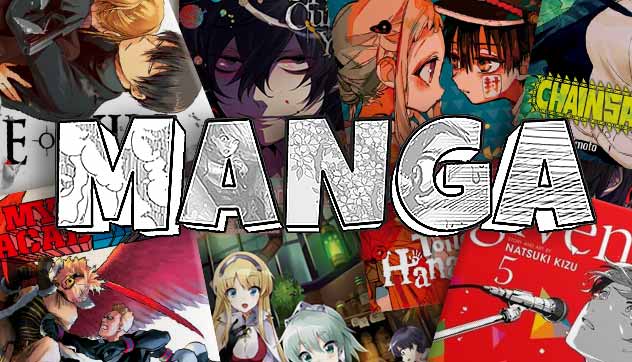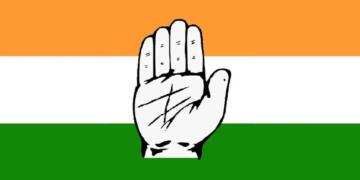Have you ever explored the world of Japanese comics? Well, you should. It is quite exciting and also carries a key lesson for Indian civilisation on how to preserve cultural heritage.
Japanese comics system explained
In fact, the Japanese comics system is pretty old, dating back to the 12th century. The system even has a Japanese name- Manga.
Manga is extremely popular amongst the Japanese. And it is not as if they are made only for kids. The comics serve both children and adults. Japan’s corporate work culture takes a toll on the adults and they find Manga to be a good means of keeping themselves mentally relaxed.
The consumption of Manga is actually quite high in Japan.
How Manga preserves Japanese culture
Now, the question that might arise here is how Manga preserves Japanese culture. Well, this is where Manga differs from Western anime comics that are based almost totally on fictional superheroes and serve as mere entertainment material for young kids.
Manga is quite intimately linked with Japanese culture and we can broadly segregate it into three different categories-
- Comics inspired by Japanese mythology. In this class, you basically have Manga like Sarazanmai, Inuyasha, Naruto and Mushishi to explore the fascinating world of Japanese mythology and belief system.
- Samurai Manga represents the Edo period and the Meiji period of Japanese history. Edo era that continued from 1603 to 1868 was the last period of traditional Japan and marked an era of internal peace and stability.
- Many Manga like Kaze Hikaru, Samurai Executioner, Oooku, Shigurui and House of Five Leaves is based on the Edo period. Similarly, Rurouni Kenshin is based in the Meji period that represented the clash between the old Japanese belief system and the new belief system.
- Japan’s Manga culture shifts beautifully through different eras, but a remarkable feature of manga-based in modern times is the focus on converging the present and past. In some of the comic series contextualised in the present era, reference to Japanese customs, Shinto and Buddhist religious temples, and the samurai is conspicuously visible.
What India can learn from Japan’s Manga culture
There is a lot that India can actually learn from Japan’s Manga culture. Firstly, we have a number of stories to tell to both adults and children from ancient India.
I am talking about the many plays and poems written by great authors like Kalidasa that depict ancient India. The works of such great ancient Indian authors can be directly simplified into comic versions that make them easy to read and grasp for the present generation.
And then, there is a lot of history to be chronicled from the Ramayana to the Mahabharata, and anecdotes in the life of Bhagwan Krishna. Also, there are many such ideas that can be chronicled at a highly local level from different parts of India.
Also, there are stories that can be narrated from the point of view of great philosophers, politicians, and rulers like Chandragupta Maurya, Chanakya, Maharana Pratap, Maratha rulers and Chola dynasty rulers.
To take things further, the story of India’s freedom struggle too can be narrated in the form of comics which can help bring into the spotlight the contributions of several unsung heroes.
Today, the world knows about the Japanese belief system and the Japanese tradition of samurai warriors, mostly through their comic culture. This is how Japan has kept its culture alive and intact and it is time India also started following Japan’s comic system to keep its own culture preserved.
































